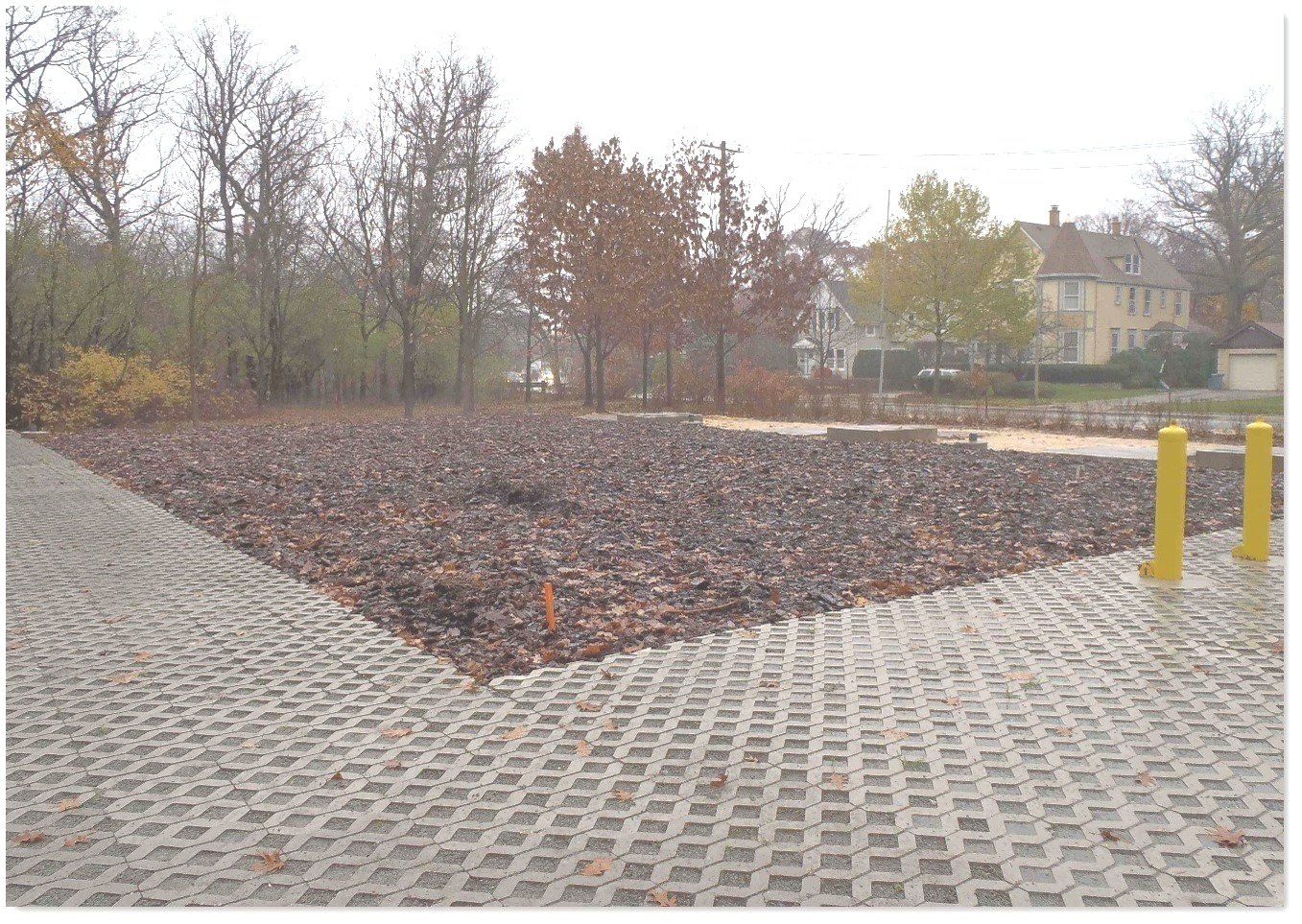V&A’s newest blog article dives into the scientific details surrounding foul odor emissions in sewer collection systems. While the topic may not be the most glamorous, understanding the science behind foul odor generation and its release is crucial for developing and implementing odor control solutions. This informative article sheds light on ventilation dynamics that influence the dispersion and intensity of foul odors, explaining how airflow patterns and environmental conditions within sewer pipes contribute to the release of malodorous compounds.
Mitigating Wastewater Odors: What are my Options?
Wastewater odor issues are typically the result of hydrogen sulfide (rotten egg odor), H2S, produced within the wastewater during conveyance or treatment. H2S can wreak havoc in wastewater treatment systems as it leads to infrastructure corrosion, worker safety issues, and public odor complaints. To address these issues in public wastewater systems, owners and operators need to identify the source of the H2S and other odorous compounds and implement appropriate odor control measures. A comprehensive odor control strategy begins with an odor investigation to characterize the odor and identify the source. Once the odor sources are identified and clear treatment objectives are established, odor control strategies can be designed and implemented.


